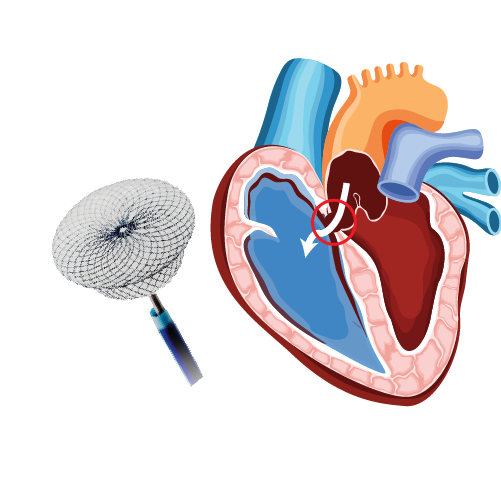landing-page

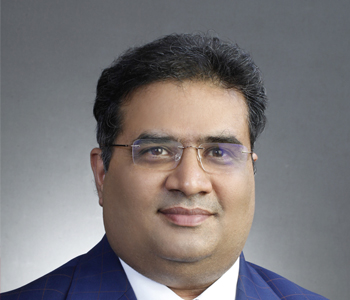
Dr. Raghu
MBBS, MD, DM, FACC, FESC, FSCAI Level 2
Master in Structural Heart
Interventions-Pisa University
Dr. C. Raghu is the Clinical Director & Senior Interventional Cardiologist at Yashoda Hospitals, Secunderabad.
25+ Years Of Experience
6 Awards Winner, Gold Medalist
Performed 20000+ Coronary Intervention Procedures
Performed 40000+ Coronary Diagnostic Procedures
Expert in Complex Cardiac Problems (Medical and Device)
What is transcatheter aortic valve replacement (TAVR Procedure)?
- The aortic valve guards flow of blood from the heart to the rest of the body. The major blood vessel that carries blood to the various organs of the body is the aorta and hence this valve is named aortic valve.
- Aortic stenosis is a condition where the aortic valve narrows due to various causes. Most commonly ageing consequent degeneration of aortic valve causes the narrowing thus restricting blood flow to other organs.
- Transcatheter Aortic Valve Replacement (TAVR or TAVI) is a procedure where the damaged valve is replaced by an artificial valve. TAVR is a minimally invasive procedure and does not require splitting open of chest or general anaesthesia.
- Through an incision, in the groin, an aortic valve mounted on a catheter will be introduced into the heart.
- Then, an artificial valve is directed into the aortic valve by best TAVR Expert in India, where it can be expanded and further takes over the function of a diseased valve resulting in improved blood flow.
- How does TAVR compare with Aortic valve replacement surgery?
- What is the uniqueness of treatment of TAVR by Dr. Raghu? TAVR Expert in India | TAVI Expert in India
- How long does my TAVR procedure last?
- What happens after the TAVR procedure?
- What are the potential complications of the TAVR procedure?
- What are diagnostic tests to undergo before the TAVR procedure?
- What happens during TAVR procedure?
- Who are eligible to undergo TAVR procedure?
- Who are not eligible to undergo TAVR procedure?
- What are the risks of the TAVR procedure?
- Why TAVR Became A Revolutionary Popular Procedure?
How does TAVR compare with Aortic valve replacement surgery?
| TAVR Surgery |
|
|
| The damaged aortic valve is replaced with an artificial valve without open-heart surgery by accessing the heart through the groin | The damaged aortic valve is replaced with an artificial valve by open-heart surgery using a heart-lung machine | |
| Advantages: | Advantages: | |
| The modern approach to valve replacement | Time tested approach to valve replacement | |
| Valve sizing is superior in TAVR as multiple imaging modalities are utilized. | Can be performed in patients with infection of the heart | |
| Larger valve area in TAVR compared to surgery AVR leading to long-lasting valve durability. | Those with associated dilation of the aorta | |
| Useful in patients with multiple co-existing illnesses like kidney dysfunction, narrowing of blood vessels supplying brain and heart, elderly age, lung problem, previous bypass or valve replacement surgery, frailty etc. | Low-risk cases surgery may be preferred | |
| Minimal pain | ||
| Only small incision | ||
| Shorter hospital stay | ||
| The chest is not cut open | ||
| Fast Recovery rate | ||
| Less anxiety and mental illness | ||
| The procedure can be repeated if the valve gets degenerated after 10-15 years. | ||
| Limitations: | Limitations: | |
| Not possible when there is an infection of the heart | Chest cut open | |
| Not suitable when there ascending aortic aneurysm | Delayed recovery | |
| Expensive procedure | If mechanical valve used, subsequent TAVR is not possible | |
| Longer hospital stay | ||
| Not suitable for very elderly, those with kidney dysfunction before bypass surgery and blocks in blood vessels supplying the brain |
What is the uniqueness of treatment of TAVR by Dr. Raghu? TAVR Expert in India | TAVI Expert in India
- Availability of multimodality imaging leading to accurate diagnosis of the problem and associated co-morbidities.
- One of the earliest cardiologists in India to have performed TAVR.
- The first operator in South India to have performed TAVR in a patient with a previous mitral valve replacement.
- Excellent pre-procedure planning leading to a highly successful result.
How long does my TAVR procedure last?
-
- TAVR is a durable procedure and lasts for 10 to 20 years in the absence of complications.
- Compared to surgical replacement of the aortic valve, TAVR provides a larger valve area and hence chances for re-narrowing are less.
What happens after the TAVR procedure?
- Vitals such as Blood pressure, heart rate, temperature, respiration rate, blood oxygen level will be monitored, the patent is rested in the ICU for 24 hours.
- Patient hospital stay will be 2 to 4 days.
- If the catheter insertion is at the groin area, you may ask for not bend or cross your legs
- Infections and bleeding manifestations are checked at the insertion site
- You will be instructed to keep hydrated that will help you in washing off the contrast dye
- Blood tests, Chest X-ray, Electrocardiogram(ECG), Echocardiogram will be done
What are the potential complications of the TAVR procedure?
- Paravalvular regurgitation
- Pacemaker implantation
- Valve thrombosis
- Bleeding
- Infective endocarditis
- Death
These can potentially affect 0.5-7% of patients.
What are diagnostic tests to undergo before the TAVR procedure?
- Electrocardiogram
- Echocardiogram
- Transesophageal echocardiogram
- Carotid Ultrasound
- CT aortogram
What happens during TAVR procedure?
- Small incisions are made in the groin for catheter insertion. Ongoing X-ray imaging will guide the catheter towards the aortic valve and the balloon at the end of the catheter may be inflated to open the aortic valve.
- Then an artificial aortic valve will be directed through the catheter and placed over the diseased valve and deployed by TAVR Expert.
- Echocardiography will be done to check for the functioning of the new aortic valve.
Who are eligible to undergo TAVR procedure?
- High risk for open-heart surgery
- History of kidney or lung diseases and cannot undergo invasive procedures/surgery
- Having previous valve replacement surgery that gets narrowed again.
Who are not eligible to undergo TAVR procedure?
- Previous mechanical valve surgery at the aortic valve location.
What are the risks of the TAVR procedure?
Generally, the TAVR procedure is safe and effective by top TAVR Expert in India. However, some problems may occur in 1-3% of cases based on an individual’s characteristics which include:
- Bleeding due to damage of blood vessels
- Brain stroke
- Infection
- Heart attack
- Kidney failure
- Failure of the new artificial valve
Why TAVR Became A Revolutionary Popular Procedure?
- Aortic valve degenerates with ageing due to wear and tear. This happens usually beyond the age of 65 years. Many at that age have associated issues like previous heart surgery, kidney dysfunction, blocks in blood vessels supplying heart and brain, age-related frailty, lung problems etc. These issues make them a high risk for open-heart surgery.
- Initially, TAVR was indicated for high-risk patients but for the past 5 years is being used in intermediate-risk and selected low-risk cases also.

Dr. RAGHU | TAVR Expert in India
MD, DM, FESC, FACC, FSCAI
Cardiology Coronary, Vascular and
Structural Interventions
Cardiology Coronary, Vascular and
Structural Interventions
TAVR Patient Testimonial
Conditions & Diseases
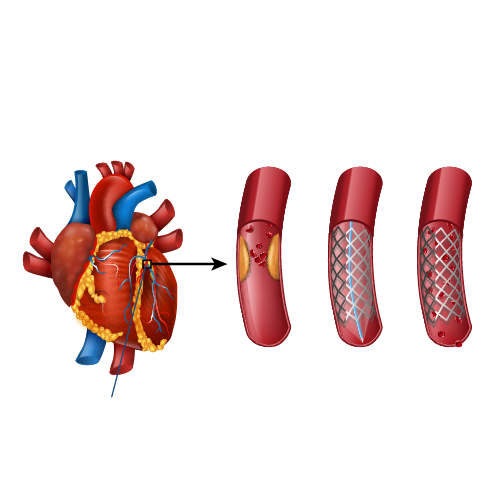
Angioplasty
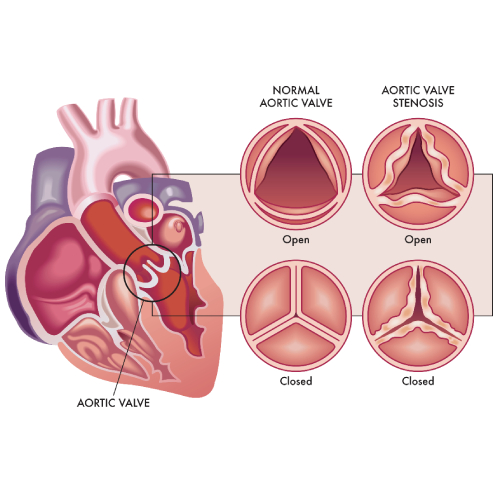
Aortic Stenosis
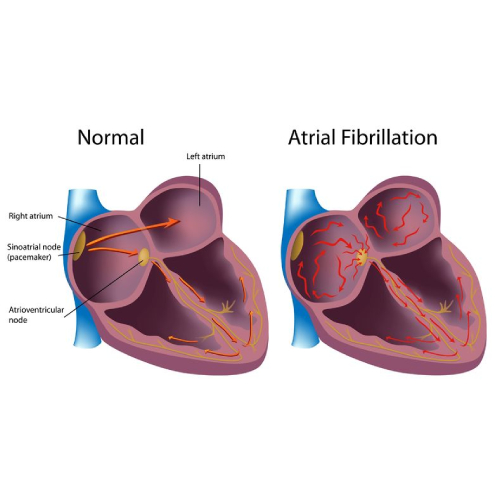
Atrial Fibrillation
